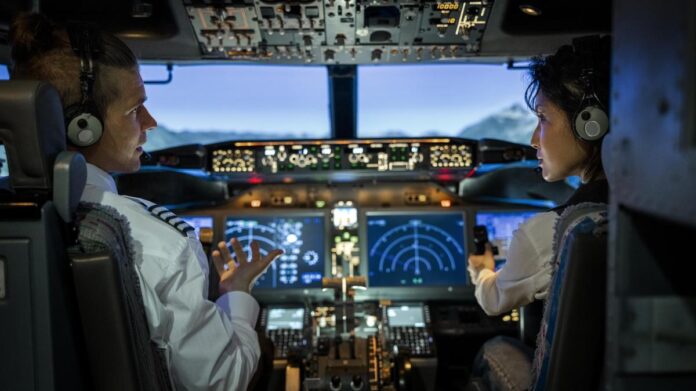I’ve written before about how shaken I was from a nightmare transatlantic flight that was rattled for hours by severe turbulence. Unfortunately, what felt like a near-death experience has quickly become a light case of aviophobia. I still fly, though not exactly happily, and the cold sweat and heart-thumping that strikes whenever the plane dips suddenly are rather unedifying. I’ve found it hard to sleep on flights as I’m often snapped awake by unexpected movements and have to breathe noisily to calm myself down. None of this is ideal, given that I’ve got upcoming trips to Istanbul and India, plus a hen do in Benidorm. Help!
There’s a new service to for people like me. Dial a Pilot is a US-based helpline that nervous passengers can use to schedule calls with commercial pilots before a flight. Set up by an American pilot named Kyle Koukol, it costs about £40 for a 15-minute chat – much cheaper (and quicker) than many airlines’ fear-of-flying courses, which can run into hundreds of pounds (dialapilot.com). Passengers can provide extra information – such as the flight they’re nervous about and any supplementary details – so that pilots are briefed before the chat. About 15 per cent of callers are British, Dial a Pilot says, and it’s trying to recruit more UK pilots to the service, which seems astonishingly good value.
James, a pilot for United Express, the largely domestic US arm of United Airlines, calls me from his layover in New York. Since the service launched a month ago he has spoken to around 15 nervous fliers about all sorts of concerns, from turbulence to maintenance, or simply to offer reassurance.
I want a debrief on the horrifying flight from Orlando in November, which my body can’t seem to forget. I briefly explain what happened – from the praying and bumping up and down to the giant bang from the wing and absolute, total silence from the cockpit. James doesn’t sound nearly as traumatised about any of this as I’d like him to be.
Pilots are very used to turbulence and it “doesn’t faze them”, he tells me. “But they also know that people down the back [end of the plane] can be nervous and need reassuring. Pilots shouldn’t be silent during scary episodes of turbulence – they have the responsibility to communicate with passengers in that situation.”


